The LTO Basilan District Office (DO) is the only Land Transportation Office in Isabela City, Basilan, established to enhance the accessibility of LTO services for both local residents and visitors. This office aims to provide fast, convenient, and affordable services, playing a crucial role in monitoring and regulating local drivers, car owners, and operators within its geographical area of responsibility (GAOR) and LTO Isabela (Basilan) Office-Location and Contact Information. It also enforces rules and regulations to ensure the safety of both drivers and pedestrians, contributing to a more secure transport environment.
Isabela City, known as Isabela de Basilan, serves as the provincial center for commerce, industry, and services, making it an ideal location for the LTO office, especially given its proximity to Zamboanga City and its array of scenic attractions like beaches and parks. The LTO Basilan office typically offers a range of essential services, including motor vehicle registration, driver’s license issuance and renewal, permit applications, vehicle inspections, and miscellaneous transportation transactions. By providing this article LTO Isabela (Basilan) Office-Location and Contact Information and services, the office supports the efficiency and reliability of the local transport sector, ensuring that the community’s growing transportation needs are effectively met.
What is LTO Isabela City?
The LTO Basilan District Office (DO) serves as the sole Land Transportation Office in Isabela province , Basilan. Acting as the frontline agency of the LTO Central Office, this office plays a vital role in ensuring that essential programs and services reach the local community efficiently. Situated on J.S. Alonzo St., the LTO Basilan District Office makes core services readily available, particularly benefiting those whose livelihoods depend on driving.
This office not only provides a wide range of LTO Isabela (Basilan) Office-Location and Contact Information , LTO services to both residents and visitors but also encourages public participation in various LTO-developed programs and campaigns. Moreover, it serves as a crucial reminder of the LTO’s commitment to overseeing the safety of the city’s roads, vehicles, drivers, and pedestrians, enhancing overall transportation security in the area.
List of Services Offered by LTO Basilan District Office
The LTO Basilan District Office provides a range of essential services aimed at facilitating vehicle registration, licensing, and compliance with local transport regulations. While LTO branches generally offer similar services, it’s important to note that smaller or less equipped offices may have limited offerings. Therefore, it’s advisable to contact the LTO Basilan DO before your visit to ensure the specific service you need is available. Below is a comprehensive list of frequently requested services provided by the LTO Basilan DO:
1. Obtaining a License or Permit
- Student’s Permit: Student permit allows individuals aged 16 and above to learn to drive under the supervision of a licensed driver.
- Non-Professional Driver’s License: For individuals who wish to drive motor vehicles but are not engaging in driving as a profession.
- Conductor’s License: Required for individuals who assist drivers in public transportation.
- Renewal of Licenses: This includes the renewal of driver’s and conductor’s licenses, whether they are expired or up for renewal, including provisions for Filipinos living abroad.
2. Licensing Transactions
- Renewal with Examination: Renewal for licenses that have been expired for more than two years or those with 10 or more demerit points.
- License Code Changes: Transition from a non-professional driver’s license (NPDL) to a professional driver’s license (PDL) with the same code, or vice versa.
- Foreign License Conversion: Assistance in converting foreign driver’s licenses to Philippine licenses.
3. Medical Clinic Accreditation
- New Accreditation Standards: Establishing and renewing requirements for medical clinics that conduct driver examinations.
- Physician Registration: Registration processes for new physicians and the renewal of existing registrations.
4. Driving School Accreditation
- Accreditation for Driving Schools: New and renewed accreditations for driving schools and driving enhancement programs.
- Driving Instructor Accreditation: Registration and renewal processes for driving instructors, including examinations.
5. Vehicle Registration Services
- Motor Vehicle Registration: Initial registration and renewal of motor vehicle registrations.
- Vehicle Storage Services: Options for storing registered vehicles.
6. Miscellaneous Transactions
- Engine/Chassis Number Re-stamping: A service for re-stamping vehicle identification numbers.
- Verification Requests: Requests for verification of motor vehicles for legal and compliance purposes.
- Duplicate Issuance: Issuance of duplicate OR (Official Receipt) and CR (Certificate of Registration) documents, along with duplicate license plates.
- Ownership Transfers: Processing of ownership transfers, mortgage annotations, and cancellations.
7. License Duplication
- Lost License Replacement: The issuance of duplicate licenses in cases where the original has been lost.
8. Driver Education Programs
- Theoretical Driving Course (TDC): Mandatory educational program for aspiring drivers covering traffic laws and safe driving practices.
- Comprehensive Driver’s Examination (CDE): A written exam that assesses the theoretical knowledge of drivers.
- Practical Driving Course (PDC): An examination to test practical driving skills.
9. Law Enforcement Compliance
- Apprehension Settlement: Processes for settling admitted apprehensions and adjudicating contested violations.
- Traffic Adjudication Services: Includes filing complaints, lifting alarms related to traffic violations, and issuing certificates of no pending apprehensions.
10. Emission and Drug Testing
- Emission Testing: Checks to ensure that vehicles meet environmental standards.
- Drug Testing: Tests conducted to ensure that drivers comply with regulations regarding substance use.
11. Special Plate Issuance
- Vanity and Special Plates: Issuance of custom or special plates for vehicles.
12. Self-Service Kiosks
Automated Services: Utilization of kiosks for self-service processing of applications, including the Automated Driver’s License Examination System (ADLES).
How to Contact LTO Isabela City
For inquiries or assistance regarding services at the LTO Isabela (Basilan) City Office-Location and Contact Information , you can reach out through several communication channels. Whether you prefer calling, emailing, or visiting in person, here are the detailed contact options available:
1. Contacting LTO Region 9 (Zamboanga Peninsula)
If you need to get in touch with the regional office, here’s the information:
- Office Name: Land Transportation Office Region 9 – Office of the Regional Director
- Agency Code: 0900
- Location: Regional Office-IX, Balagasan, Pagadian City
- Contact Number: (062) 957-4910
- Head of Agency: Theodore A. Lamping
- Operating Hours: Monday to Friday, 8 AM to 5 PM
2. Contacting LTO Basilan District Office
For direct assistance from the LTO Basilan District Office in Isabela City, you can use the following contact details:
- Office Name: LTO Basilan District Office (DO)
- Agency Code: 0904 (J06)
- Office Address: J.S. Alano St, Isabela City, Basilan
- Contact Number: +639 1653 27095
- Head of Agency: Olloy K. Jalaluddin
- Operating Hours: Monday to Friday, 8 AM to 5 PM
3. Social Media and Email
You may also connect through the official social media accounts of LTO or send inquiries via email, if available. Check their official website for the latest social media handles or email addresses.
Where is Isabela City?
Isabela City, often referred to as Isabela de Basilan, is a fourth-class coastal component city and serves as the de facto capital of Basilan province. It is strategically located on the northern shore of Basilan Island, directly across the Basilan Strait from Zamboanga City.
This city is part of the Zamboanga Peninsula region and is surrounded by the Celebes Sea, Moro Gulf, and Sulu Sea. Neighboring areas include:
- East: Lantawan
- West: Sumisip
- South: Maluso
Due to its proximity to Zamboanga City and its historical context, Isabela City is an important hub for commerce, transportation, and government services in Basilan.
Google Map Location
LTO Basilan District Office (DO)
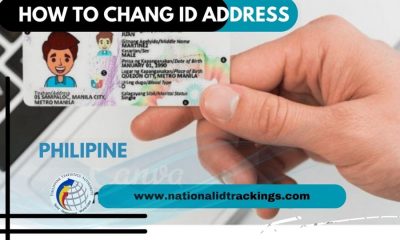
 Uncategorized12 months ago
Uncategorized12 months ago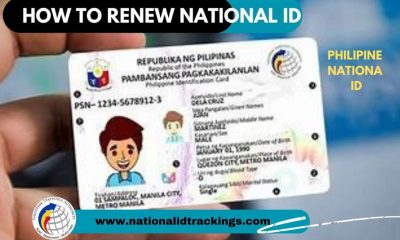
 Uncategorized11 months ago
Uncategorized11 months ago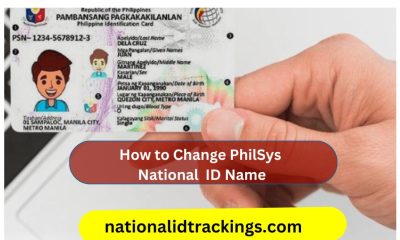
 Uncategorized11 months ago
Uncategorized11 months ago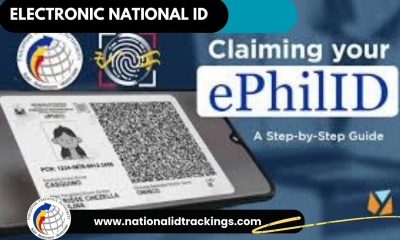
 Uncategorized12 months ago
Uncategorized12 months ago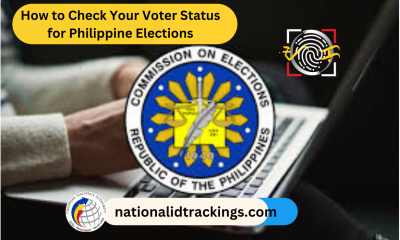
 Uncategorized11 months ago
Uncategorized11 months ago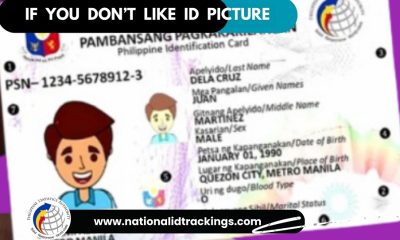
 Uncategorized12 months ago
Uncategorized12 months ago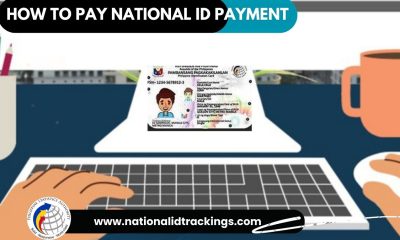
 Uncategorized11 months ago
Uncategorized11 months ago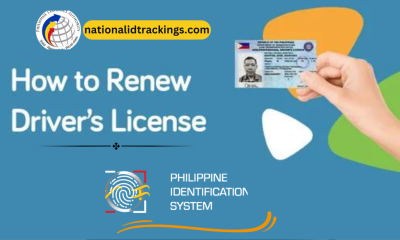
 Uncategorized11 months ago
Uncategorized11 months ago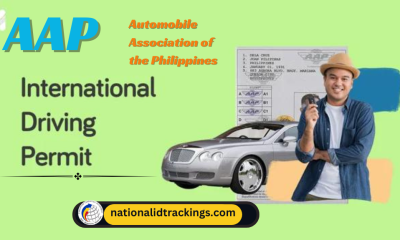
 Uncategorized11 months ago
Uncategorized11 months ago
 Uncategorized9 months ago
Uncategorized9 months ago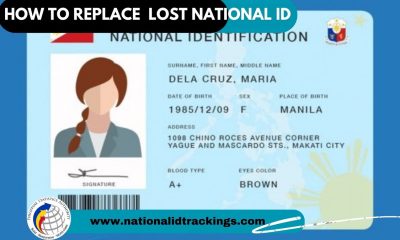
 Uncategorized11 months ago
Uncategorized11 months ago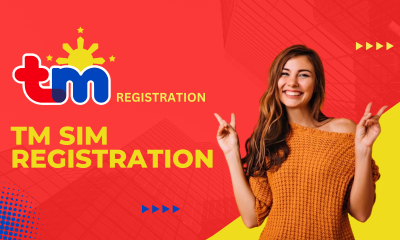
 Uncategorized9 months ago
Uncategorized9 months ago
-Feb-07-2024-03-07-18-5160-AM.png?width=600&height=400&name=Pics%20for%20blog%20-%20600x400%20(1)-Feb-07-2024-03-07-18-5160-AM.png)